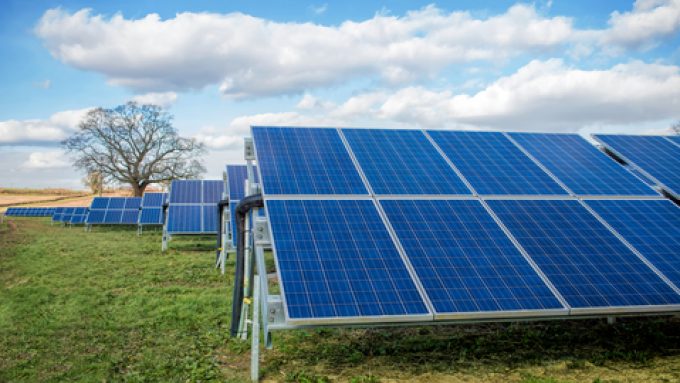Australia's road transport sector on the edge of disaster
Destination Skid Row

A senior Australian transport manager has revealed the huge barriers freight and logistics companies face in trying to decarbonise their operations.
Writing under the pseudonym Mr Joy in Loadstar Premium, the 30-plus-year industry veteran has penned a four-part analysis of these obstacles to meeting carbon reduction ...

Comment on this article
Arthur Brown
September 23, 2022 at 3:15 pmExcellent analysis.